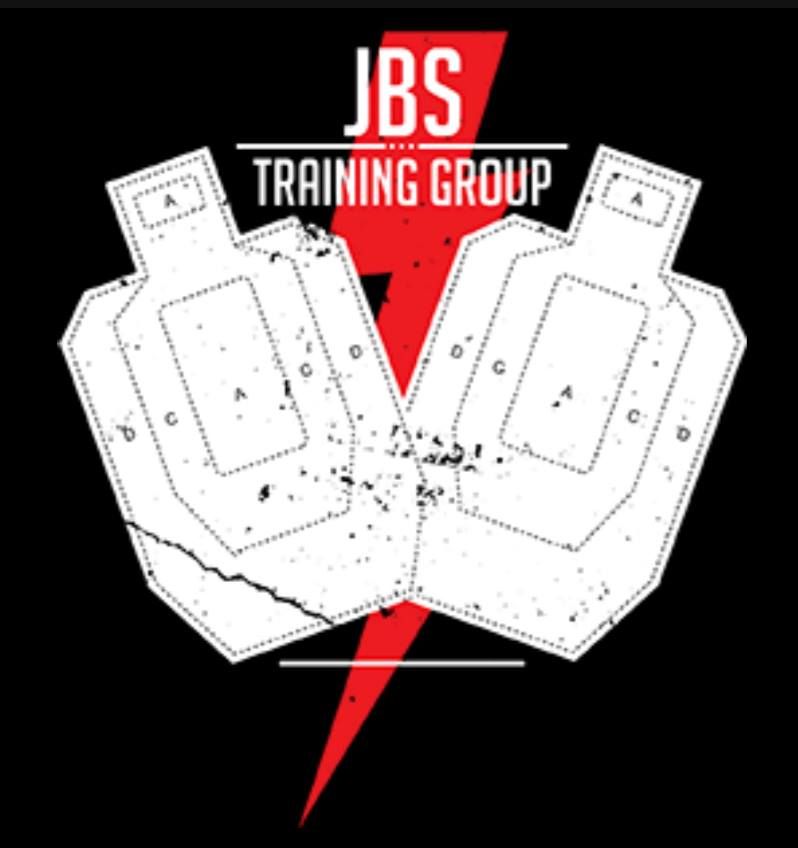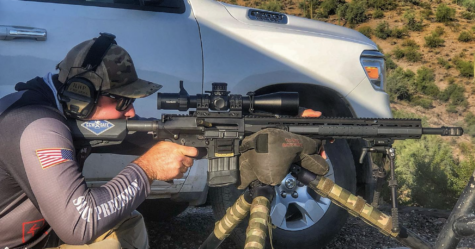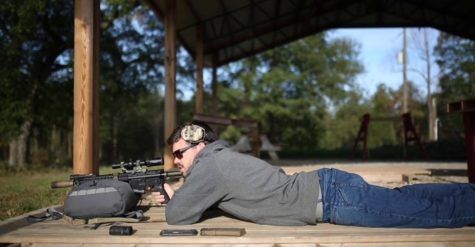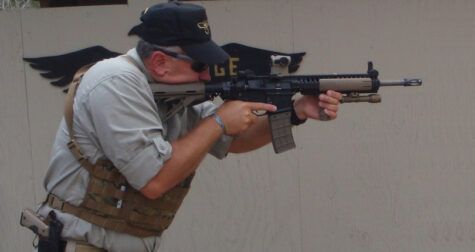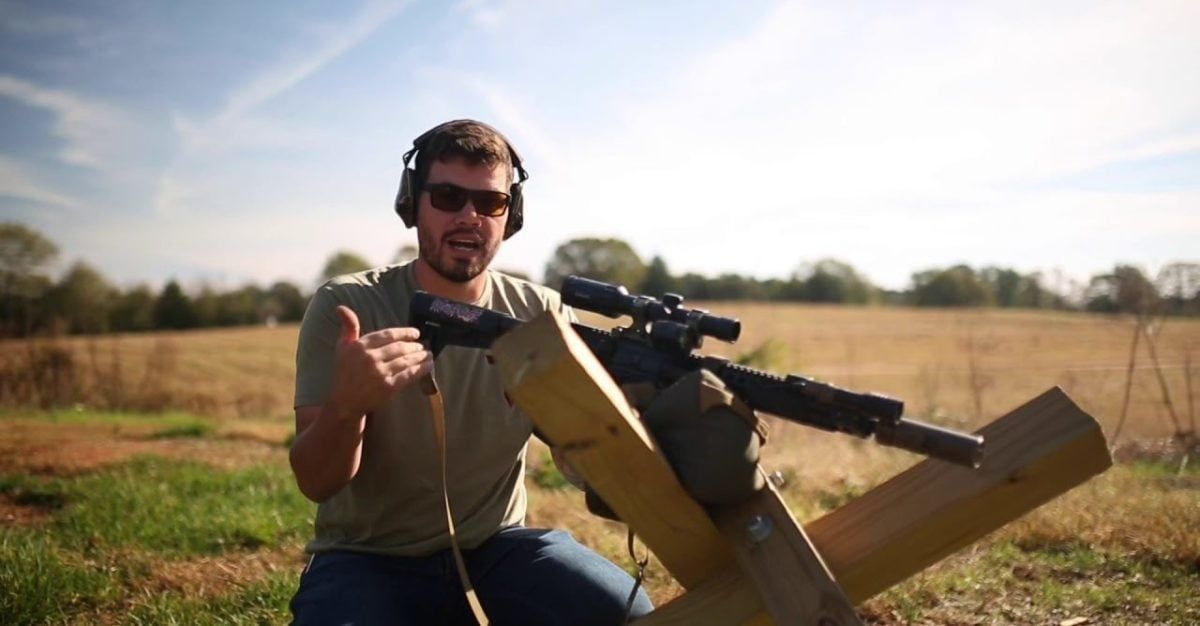
We recently sat with Mark Smith of JBS Training Group for a wide ranging interview on the topic of LPVOs, or Low Powered Variable Optics, which have become increasingly popular for owners of AR-15s. In recent months, Mark has been fielding an increasing number of questions from prospective buyers on these optics.
As a result, Mark Smith and ARBuildJunkie will bring you a short series of articles on LPVO basics, answering questions you might have as you determine what’s right for you. In part one, we’ll explore reticle selection, and why Mark believes that Mils is the way to go. As with any major firearms purchase, please do your own research and be sure to ask any questions you have in the comments below.
Also make sure to check out other recent articles we’ve done with Mark.
Mark Smith of JBS Training Group – Best LPVO Setup and Considerations
Mark Smith of JBS Training Group – Range Mindset & Training the Individual
High Scope Mounts on the AR-15 – A Q&A with Mark Smith
Q: Mark, can we start with why you wanted to do this series of articles on LPVO basics?
Mark Smith – JBS Training Group – I’m finding that as time goes on, I am getting more and more questions about LPVOs. I have unintentionally seem to become the “LPVO go-to guy.” It’s nothing that I aspired to be, but it’s something that has just kind of happened. The more I shoot and the more I teach, I have realized that there are very few regular guys running LPVOs as compared to red dots. I think a lot of the reason is because the red dot fills the role that they need, which is 50 yards and in on the flat range that everybody goes to. That’s totally fine…but I think there has been a shift in the past 15 years or so, where people have lost touch with the capability of their rifle.
A lot of people are completely blind to the fact that they have a 600-yard gun. They forget this and limit themselves to shooting at 50. Using a car analogy, LPVOs are the fuel that we can put in our vehicle to make it go. We have to be able to see that distance to shoot that distance.
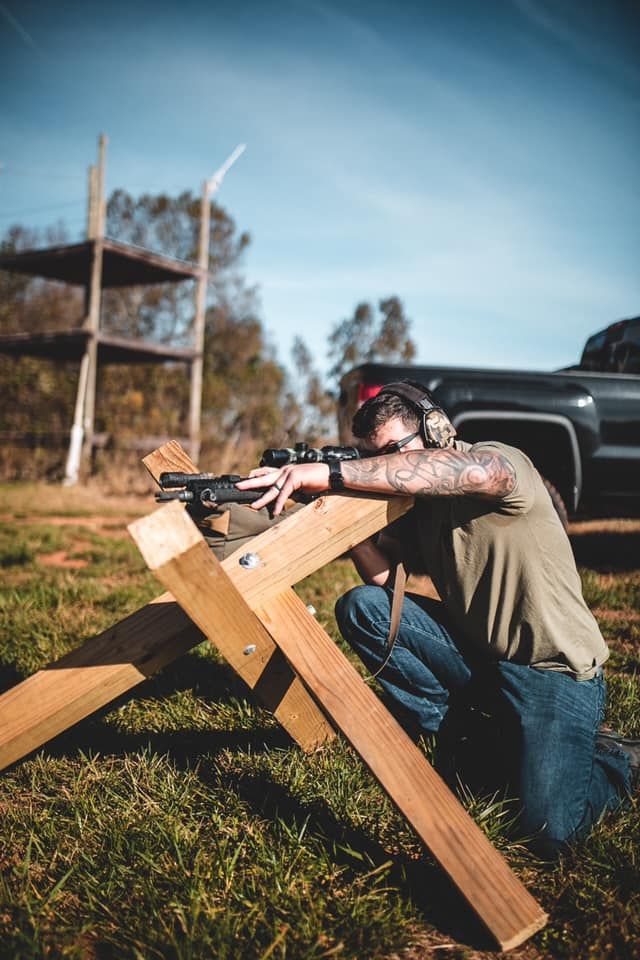
Q: Let’s get started then….As far as LPVO basics, What is the most common question you’re getting in regards to LPVOs?
Mark Smith – JBS Training Group – The most common question is “why do I choose an LPVO over a red dot?” The short answer is I don’t, because I have both (laughs) because I run an offset red dot sight alongside my LPVO. However, if I could just pick one, I would pick the LPVO.
The reason is because in my world, I have the opportunity to shoot farther. I live at the base of the Appalachian chain and I have the ability to see and shoot 200-300 yards quite often. I know that a lot of guys will say that they can shoot that distance with a red dot, and that is true. However, it’s also true that with enough time and chance I can hit the same target with a bow and arrow, but that does not make it the most efficient tool.
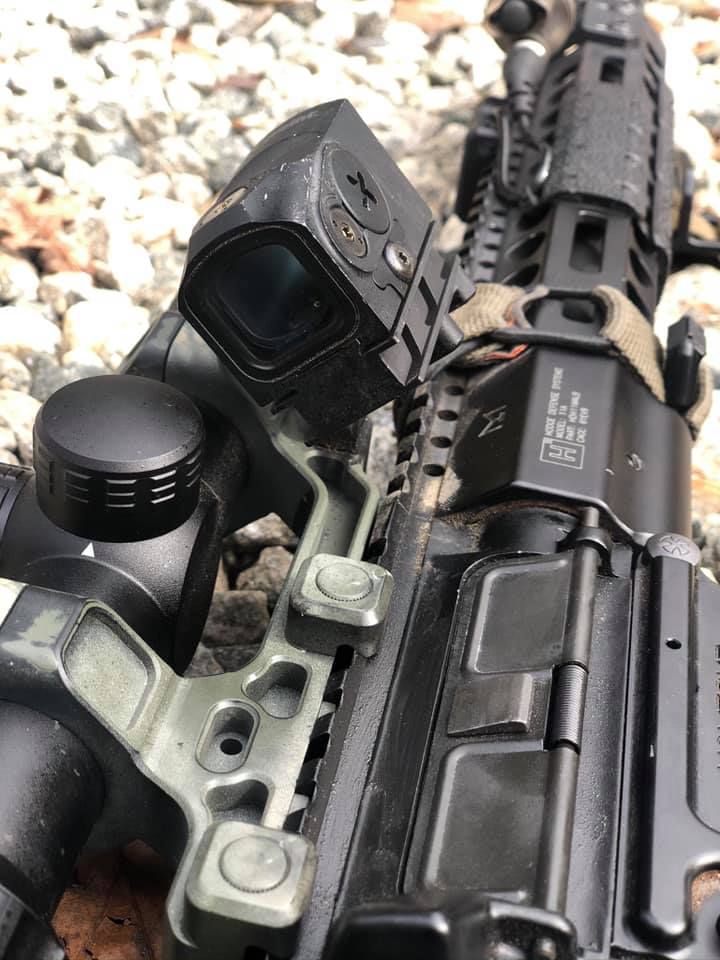
The problems happen in situations where perhaps the target is not a full-sized IPSC steel, painted white, in the middle of a field. What if you’re trying to hit a 6 x 6 headbox that is occluded at the edge of a tree line at 150 yards? It’s not that you can’t hit it. You can’t see it.
So to define how I look at an LPVO, it’s something I use as a red dot with magnification on-board, as needed. As such, the 1X is going to be the most important for me because that’s where most of the shooting I do is done. However, the minute that something becomes smaller than what I can comfortably see with my naked eye, if I don’t have magnification, I cannot confidently take that shot. I’m out…I’m done. I’m not going to be irresponsible and take a shot on something that I cannot tell what it is.
I have been in quite a few situations where this has happened, and if it has not happened to you, then you might not fully realize the importance and the benefit that an LPVO can provide. When I go walking around in the woods, I take a 12.5” Hodge gun with a Vortex Razor.
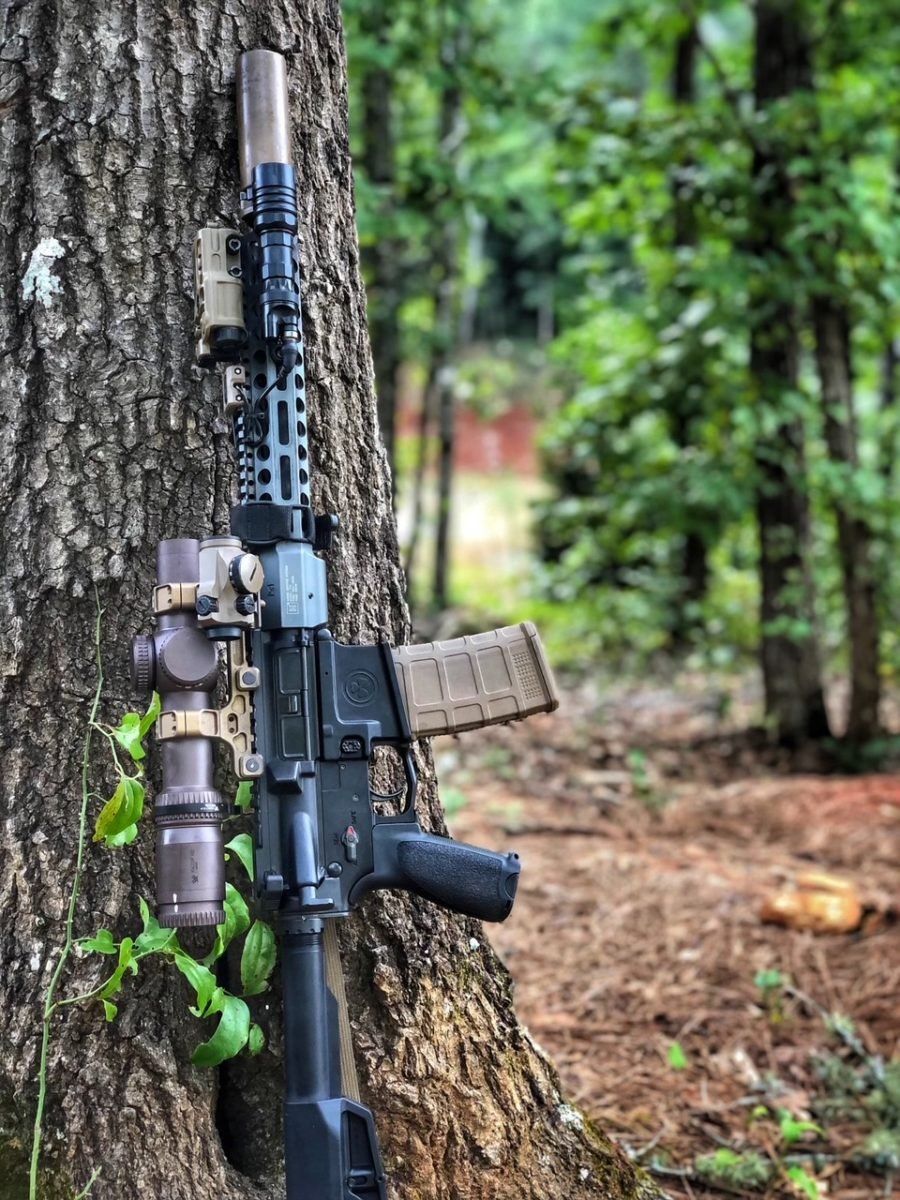
I carry that because there have been two cases that I can recall where I saw a live critter that was about 120-130 yards away, but I could not tell if it was a gopher or if it was the neighbor’s dog. That’s a real-world example that anyone could run into.
One of the cardinal rules of firearm safety is “know your target” and its foreground and background. If you cannot see, you cannot do that, and if you try to take that shot, you’ve now become an unsafe shooter.
Q: I think many people realize the benefits, but it gets very confusing once they start shopping for an LPVO. Right off the bat, Mils vs. MOA. Can you explain, keeping it simple, as we’re talking LPVO basics?
Mark Smith – JBS Training Group – Well, as far as LPVO basics, just know that Mil is a Milliradian. It’s an angle measurement. So is a Minute of Angle or MOA. It’s an angle measurement of a circle. It’s a lot of math that I don’t completely understand or desire to go into. The gist of it is 1 MOA is right about 1 inch at 100 yards. A Mil is right about 3.6″ at 100 yards. The reason I like Mils is that when we incorporate holds at a distance with Mils, the numbers become more manageable because the measurement is greater. In Mils, my hold at 400 yards is going to be “2.” That’s all I have to know…I go to the second hash tick on my reticle.
Mils is just easier. A lot of people will argue that MOA is a more precise measurement, and it is, but understand that the turret adjustments on the Mil reticle are most often in .1, meaning one click moves my bullet .36 inches at 100 yards. I would also note that with Mils, if you’re a math nerd, there’s an equation by which you can estimate your range if you know the size of your target.
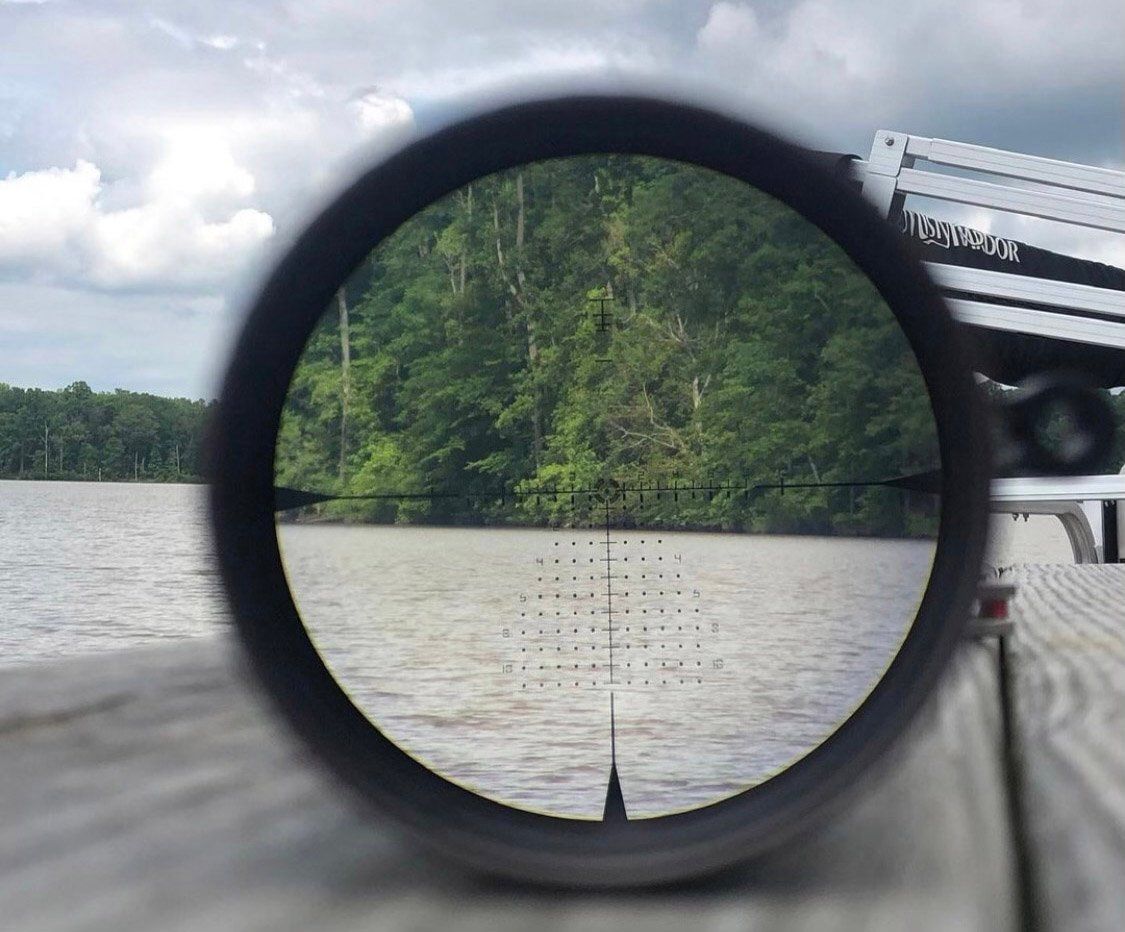
I started on Mils when I didn’t know what I was doing because I could not find a single person who was good at shooting distance that was using MOA. I thought there must be something to that. It’s like they say, if you want to be a millionaire someday, you do what millionaires do (laughs.). I chose Mils and have not looked back. If I’m advising someone new who whats to know the LPVO basics, I’m going to steer them towards Mils.
The other type of reticle you might run into is BDC or the Bullet Drop Compensator reticle. I find that a lot of people get burned on those. They think that they are getting a free lunch. They believe that because the optic is calibrated for .223 or 5.56, they can just put it on their gun and not worry about anything because it has the holds built-in.
People get excited by the idea they are built-in, and they think that they won’t have to do any work. Well, beware of the free lunch. The problem is when they create that reticle, they do it for a specific cartridge load, coming out of a specific barrel, with a specific barrel length, with a specific optic height, in a specific environment. That’s a lot of specifics, but all of those things play into precision.
Unless your gun was set up precisely the way theirs was when they created that reticle, it is not going to be the same. It may be very close, but words mean things. If you’re going to say it’s 300 yards, it needs to be 300 yards. I’ve never seen one that lined up perfectly. Every time, in my experience, if the 300-yard mark says 300 yards, the reality is it’s something like 324 or 286. It’s never dead-on. So, if you are going for that 6 x 6 headbox, you don’t want to miss by half a Mil at 300-400 yards. You’re probably not going to hit it.
Q: What about BDC reticles? This is another reticle type I see on occasion. From a novice perspective, it would seem like a simple solution. I assume it’s not that simple, though.
Mark Smith – JBS Training Group – BDC is not a free lunch. With BDC, you can absolutely plug in that reticle into ballistic apps that will give you those holds, but then again, if you don’t confirm it, you still don’t know. You’re assuming. For me, I don’t want to assume anything. Every gun has to be run out at distance, printed on paper, so I know exactly where it is hitting.
Mils make this a much, much easier process. I don’t know if you’ve ever tried counting hash ticks in a reticle while you’re on the clock at 400-500 yards, and you’ve got to count 3, 3.5 Mils…that can be pretty tricky if you don’t have numbers besides those Mils to glance at…Mils are just way easier and way faster.
Q: So, to someone who just read all this coming from a red dot and wants to enter the world of LPVOs, your take-home message is go with Mils, correct?
Mark Smith – JBS Training Group – If this is your first LPVO or your 15th LPVO, you should go with the Mil option. The Mil is used by all of the serious armed professionals in the world and almost all of the world’s serious competitive professionals, and there is a reason for it.
It’s one of those things where the more you use it, the more you recognize its simplicity. Now, please don’t mistake me saying that with me saying that you have to be on a certain level to use Mils. That’s not the case at all. What I’m saying is that if you are going to go to a match and you want to beat the best guy there, then what you have better look somewhat like what he’s got going on… It’s not that you’re not as good. Instead, your equipment will not allow you to do the same things that theirs will. Mils is the way. It’s the easiest way.
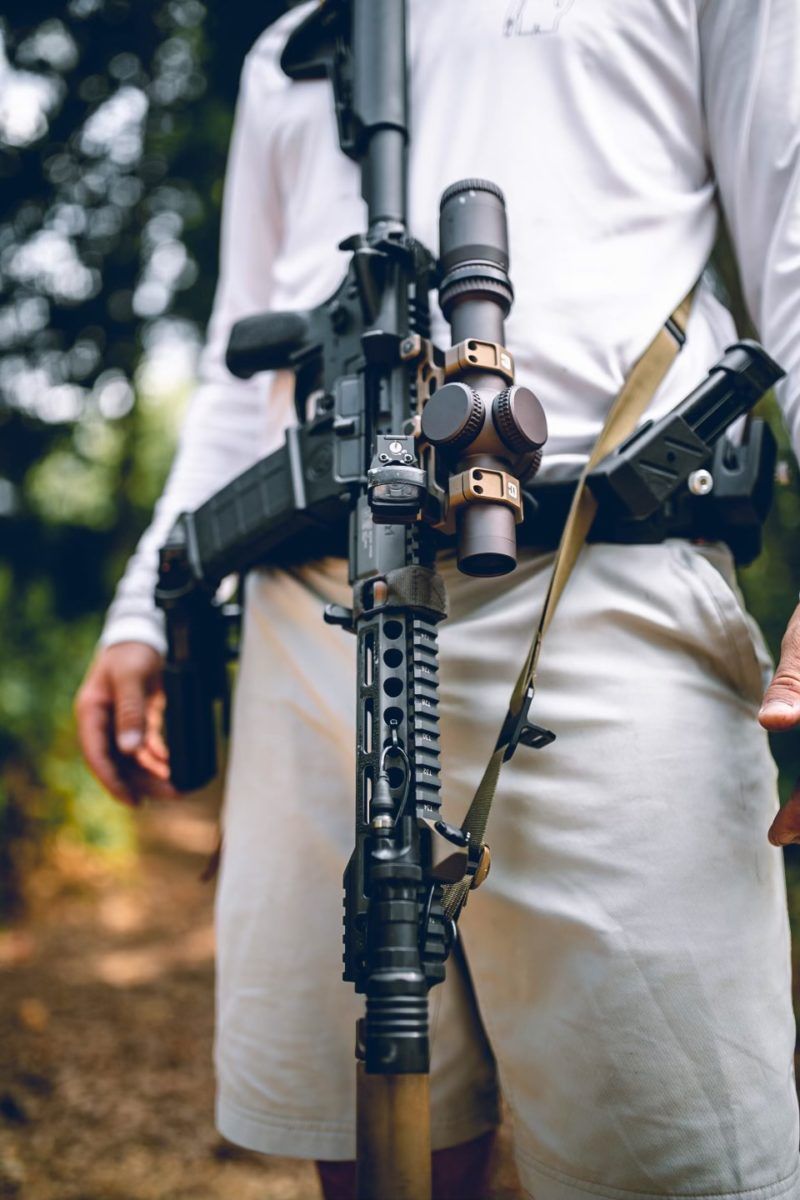
Most often, those that choose MOA do so because it’s what they grew up with while hunting. Most hunting scopes are in MOA. I’m not 100 percent sure why, but I think it might have something to do with people thinking that they are more precise. I have not found that to be the case. I have not ever fired a shot and thought that “Man if this were an MOA scope, I would have made that hit.” That doesn’t happen. I hate to speak in concretes, but I’m willing to bet the farm that for most, when it comes to knowing the LPVO basics, Mils is the way.
###
